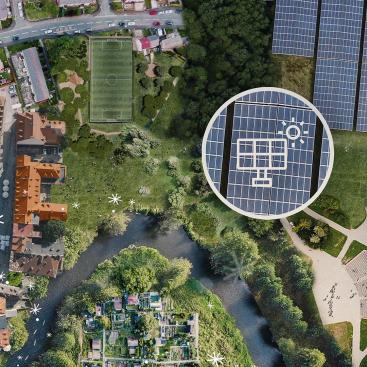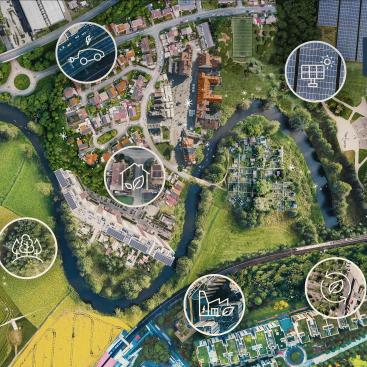Ideas

Since the beginning of the year, the market's attention has focused on challenges confronting the energy sector, which is in turmoil following Russia's military attack on Ukraine in February. The embargoes imposed as a result of this offensive have heightened fears, already palpable in the preceding months, of tensions between energy supply and demand, causing a further surge in prices, particularly for oil and gas.

The Greenium – the yield that investors concede to companies issuing a green bond compared to the performance they would have required from these same companies for a conventional bond with the same maturity - was long perceived as volatile, hovering in one direction or another according to the seasonality. But it finally became a key issue in 2020.

The Greenium – the yield that investors concede to companies issuing a green bond compared to the performance they would have required from these same companies for a conventional bond with the same maturity - was long perceived as volatile, hovering in one direction or another according to the seasonality. But it finally became a key issue in 2020.

When growth capital builds the clean mobility of tomorrow At the heart of social and societal issues, cities and urban areas are one of the drivers of climate change, causing collateral damage to biodiversity, resources, air and health. At the forefront, the transport and construction sectors are facing a challenge of unprecedented magnitude: to transform themselves fundamentally in order to drastically reduce their impact on the environment. In this context, Mirova’s Impact Private Equity strategy focuses on solutions and technologies that will help to make sustainable cities a reality. In this article, we take a closer look at mobility.

Exclusion, allocation, engagement: the triumvirate for achieving net zero? Hervé Guez outlines the major role that asset managers and institutional investors have to play to achieve carbon neutrality.

While the "food system" as a whole is a major driver of climate change, the agriculture sector face a challenge of unprecedented magnitude: to undergo a profound transformation to produce more and better with less while reducing its environmental footprint. Within this context, Mirova's environmental impact private equity strategy focuses on proven agro-technologies to lead this transition towards a more sustainable system.

We all have a role to play in the environmental and social transition, and neither finance nor the bond markets are an exception. Read this document detailing Mirova's approach to green bonds.

According to the United Nations, 55% of the world’s population now lives in cities, a rate that is expected to rise to 68% by 20501. Given this outlook, with nearly two billion people still without adequate housing2, and with greenhouse gas emissions from buildings accounting for about 20% of global emissions and 36% of European Union emissions3, building and renovating differently is a necessity. Buildings are a massive source of emission reductions: this has been well embedded in public policy, as demonstrated by Fit for 554, which raises the annual renovation target for buildings to 3%5, and provides for the creation of a sector-specific emissions trading scheme and an increase in the percentage of renewable energy used in buildings. Suzanne Senellart and Camille Barré explain how the Mirova Europe Environmental Equity Strategy6 contributes to the achievement of the Fit for 55 objectives, by investing in innovative solutions capable of meeting the challenges of the building sector, whether in terms of energy restraint, greenhouse gas emission reductions, materials used and their recycling, or preservation of biodiversity.
